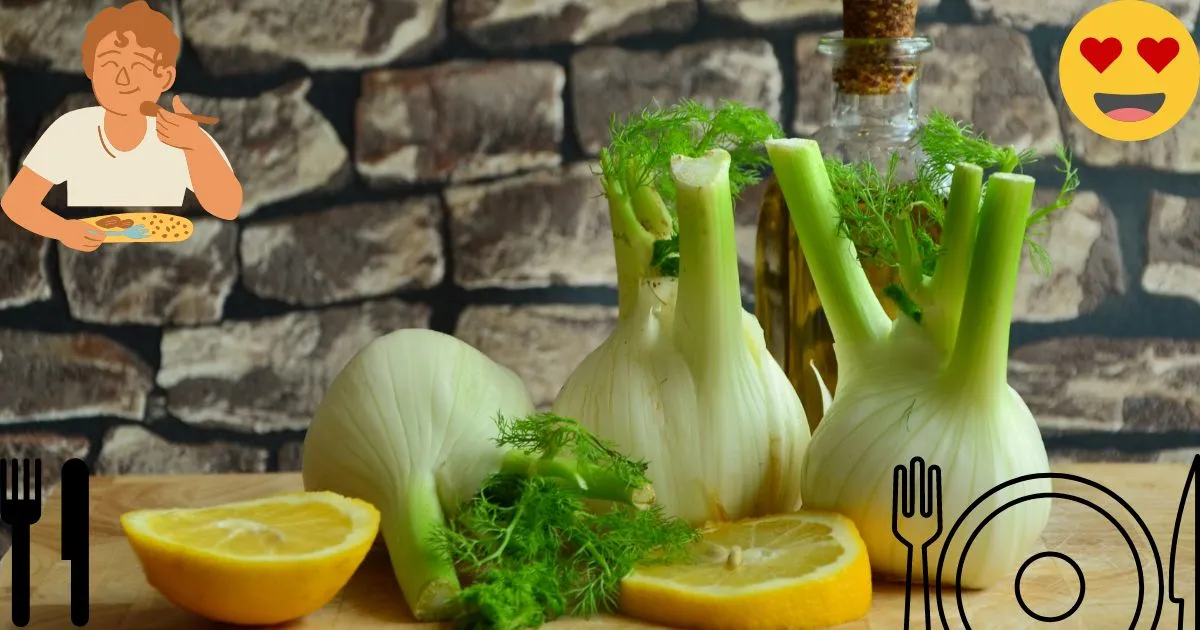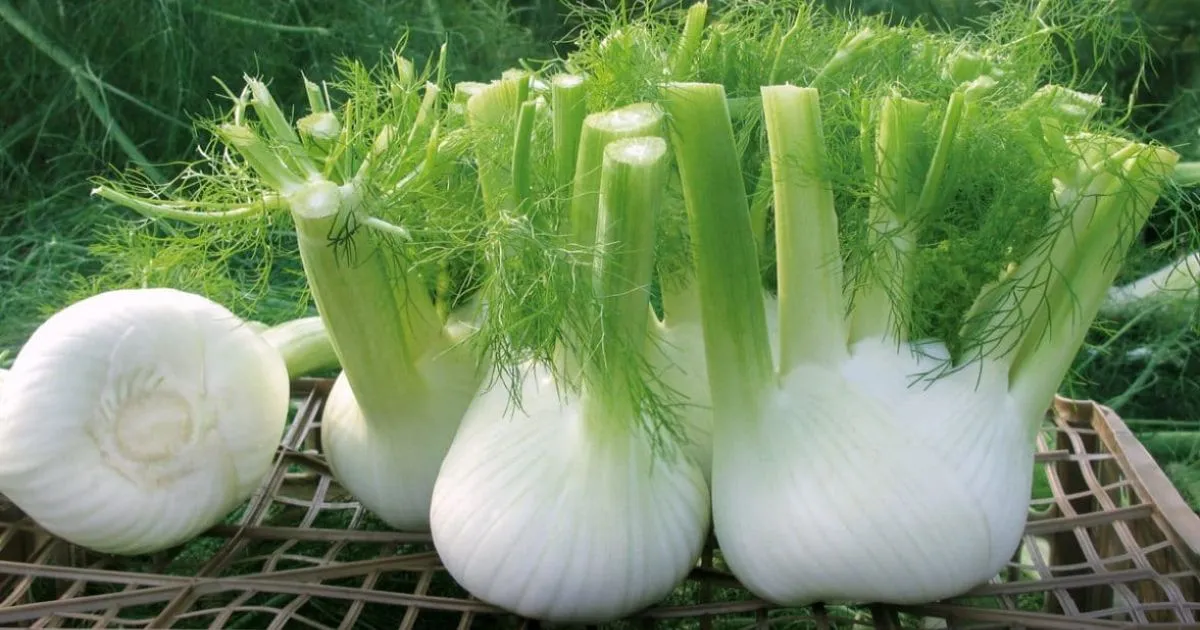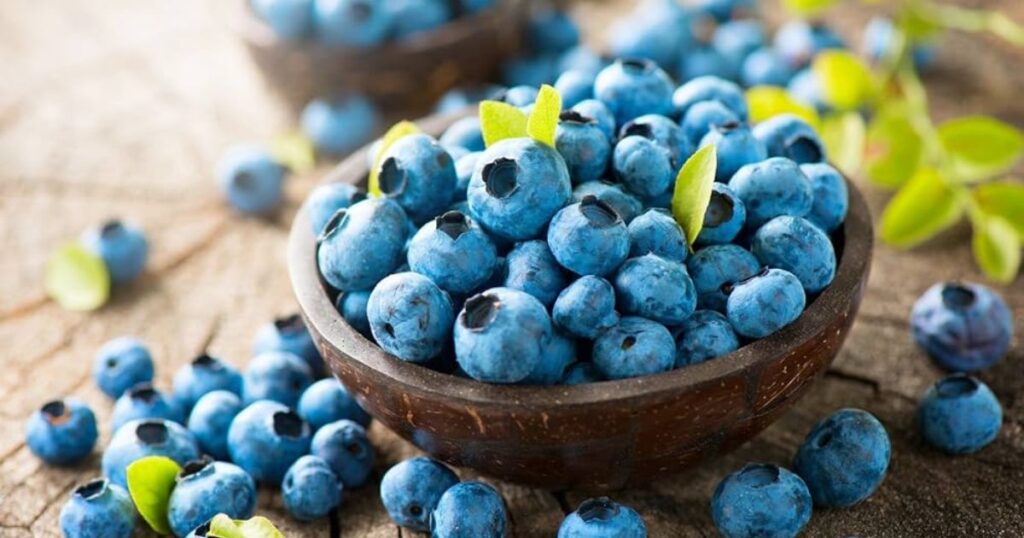Fennel: Explore fennel’s culinary potential : This Feathery Herb You’re Ignoring Has a Secret Flavor.

The unexpected delight of fennel! This vegetable boasts a unique flavor and surprising versatility. Discover how to roast, sauté, and even use the feathery fronds to elevate your dishes. Explore fennel’s culinary potential and enjoy its health benefits.
Fennel, often mistaken for an herb due to its feathery fronds, is a fascinating and underutilized vegetable in American kitchens. Yet, this bulbous beauty boasts a unique flavor profile and surprising versatility, making it a worthy addition to your culinary adventures.
From the Shores of the Mediterranean:
Fennel’s origins trace back to the shores of the Mediterranean, where it has been cherished for centuries. The ancient Greeks and Romans revered it for its medicinal properties, while modern-day chefs appreciate its distinctive licorice-like anise flavor.
Fennel, a versatile vegetable with a mild licorice flavor, has been making waves in the culinary world. Let’s explore why it’s gaining popularity:
- Unique Flavor: Fennel offers a delicate anise or licorice taste that can be sweetened or intensified depending on how it’s cooked. When sautéed with onions, it becomes wonderfully sweet. In salads, its flavor shines through, especially when paired with a vinaigrette.
- Cooking Versatility: Fennel can be enjoyed raw, thinly sliced in salads, or cooked in various dishes. Its layered bulb and long fronded stalks may seem intimidating, but they’re surprisingly easy to work with.
- Parts You Can Eat:
- Bulb: The bulk of the fennel plant, with thick ribbed leaves, can be sliced and used in salads or cooked dishes.
- Stalks: These can be used as a flavorful addition to soups or stews.
- Roots: Tuberous and white, fennel roots can be peeled, diced, and cooked like carrots. They add bulk and flavor to pureed soups.
- Not Related to Onions: Despite its layered appearance, fennel is not closely related to onions. Instead, its closest relatives are carrots.
- Roasting Magic: Roasting fennel mellows its licorice notes, turning its fibrous texture creamy. The result is a nutty, savory-sweet vegetable that pairs well with almost any dish.
So, whether you’re a seasoned cook or a curious foodie, consider adding fennel to your culinary repertoire!
A Look at the Fennel Plant & Flavors:
Imagine a celery bulb with soft, green stalks and feathery leaves that resemble dill. That’s fennel! The edible part of the plant is the bulb, which forms at the base of the stalks.
Fennel’s taste is truly unique. While the bulb offers a mild licorice sweetness, it’s well-balanced by subtle hints of onion and fennel. This unexpected combination creates a refreshing and intriguing flavor profile that complements various dishes.
While the bulb is the star of the show, don’t underestimate the potential of fennel fronds. These feathery leaves have a more pronounced licorice flavor and can be used as a flavorful garnish for fish, soups, or even salads.
Fennel’s Culinary Canvas:
Fennel’s versatility shines in the kitchen. Here are some exciting ways to incorporate it into your meals:
- Roasted: Cut the fennel bulb into wedges, toss with olive oil, salt, and pepper, and roast until tender and caramelized. Enjoy it as a side dish or add it to salads for a touch of sweetness.
- Shaved in Salads: Thinly slice the bulb and add it to salads for a refreshing crunch and subtle licorice hint. It pairs beautifully with apples, oranges, and walnuts.
- Sautéed: Thinly slice the bulb and saute it with onions, garlic, and your favorite protein like chicken or shrimp. This flavorful base can be used for pasta dishes or served over rice.
- Fennel Frond Magic: Use the fronds as a feathery garnish for fish dishes, add them to soups for an extra layer of licorice flavor, or chop them finely and sprinkle them over roasted vegetables or omelets.
Beyond the Flavor:
Fennel boasts more than just an interesting taste. It’s a good source of dietary fiber, vitamin C, and potassium, making it a valuable addition to a well-balanced diet.
Fennel Fun Fact: The fennel bulb is sometimes referred to as “finocchio” in Italian cuisine, where it’s a beloved ingredient in sausages and fish dishes.
Fennel: Easy to Find, Easy to Enjoy:
Fennel is becoming increasingly available in most grocery stores. Look for firm, white bulbs with fresh, green stalks. When choosing fennel, avoid bulbs that are soft or have yellowed fronds.
Where can I buy fresh fennel in the US?

You can find fresh fennel in the US through various options:
- Local Farmers Markets:
- For the freshest and best-tasting fennel, visit your local farmers market. They often have seasonal produce, including fennel.
- Sometimes, you might even find local wild fennel pollen at farmers markets.
- Grocery Stores:
- Fennel is available year-round in grocery stores. Look for it in the produce section.
- Choose firm, unblemished bulbs with bright green fronds.
- Online Grocery Delivery Services:
- Services like Instacart allow you to order fresh fennel online from local and national retailers.
- Enjoy on-demand, contactless delivery or choose curbside or in-store pickup within 2 hours.
Remember to explore different options and enjoy cooking with this delightful vegetable!
How do you store fennel?
Fennel is a unique and exciting ingredient waiting to be explored. Embrace its licorice twist and incorporate it into your dishes. From roasted vegetables to refreshing salads, fennel’s versatility is sure to surprise and delight your taste buds. So, the next time you’re at the grocery store, consider picking up a fennel bulb and embark on a culinary adventure!
Also Read – Dillard’s :The Empire Mall : Sioux Falls, South Dakota
Also Read – 9 Breakfast Sandwich That’ll Make Your Morning Easy
Fennel FAQs:
Q: Is fennel really a vegetable?
A: Yes! Though the feathery greens might resemble an herb, the edible part of fennel is the bulb at the base, making it classified as a vegetable.
Q: What does fennel taste like?
A: Fennel has a unique flavor profile. The bulb offers a mild licorice sweetness balanced by subtle hints of onion and fennel. It’s a refreshing and intriguing taste that complements various dishes.
Q: How can I use fennel in cooking?
A: Fennel’s versatility shines in the kitchen! Here are some ideas:
- Roast it: For a caramelized sweetness, cut the bulb into wedges, toss with olive oil, salt, and pepper, and roast until tender.
- Shave it in salads: Thinly sliced fennel adds a refreshing crunch and subtle licorice flavor to salads. Pair it with apples, oranges, and walnuts for a delightful combination.
- Sauté it: Thinly sliced fennel can be sauteed with onions, garlic, and protein like chicken or shrimp. This flavorful base is perfect for pasta dishes or served over rice.
- Use the fronds: Don’t discard the feathery greens! They have a stronger licorice taste and can be used as a garnish for fish, soups, or even omelets.
Q: What are the health benefits of fennel?
A: Fennel boasts more than just a unique taste. It’s a good source of dietary fiber, vitamin C, and potassium, making it a valuable addition to a well-balanced diet.
Q: Where can I find fennel?
A: Fennel is becoming increasingly available in most grocery stores. Look for firm, white bulbs with fresh, green stalks. Avoid soft bulbs or those with yellowed fronds.
Q: What else can I call fennel?
A: In Italian cuisine, the fennel bulb is sometimes referred to as “finocchio” and is a beloved ingredient in sausages and fish dishes.
Also Read – Health Benefits of Cherries
Also Read – 9 interesting Facts about Flat White



